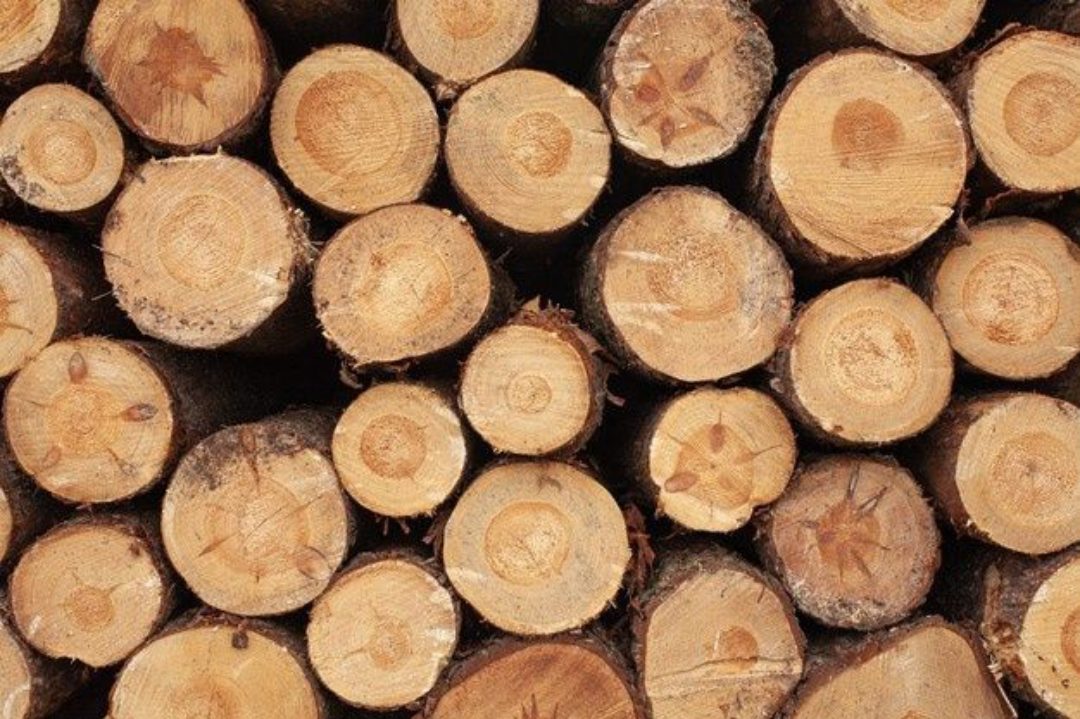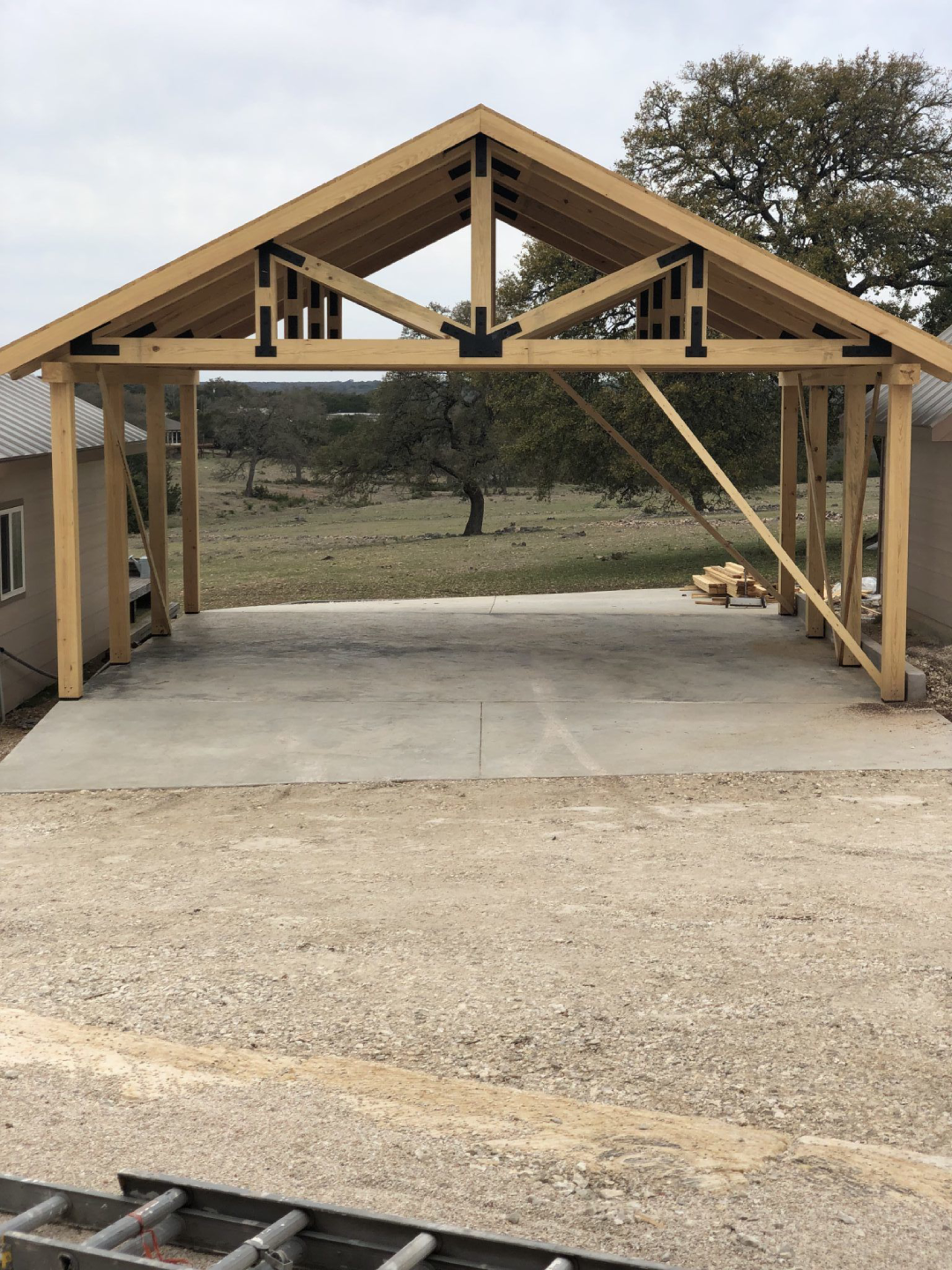Navigating Lumber Price Volatility in the 2023 Housing Market
Lumber prices have emerged as a central concern in the housing market, with their trajectory being marked by both soaring peaks and perplexing troughs. While they have substantially receded from their zenith in 2021, their inherent volatility continues to cast a shadow of uncertainty over the housing sector, which is primed for expansion in 2023. This article delves into the tumultuous world of lumber prices, offering a comprehensive exploration of the factors underpinning their unpredictability and the ramifications for builders, developers, and the broader housing market.
In the following sections, we will dissect the past, present, and potential future of lumber prices, examining the intricate web of supply chain challenges, demand dynamics, and economic factors that contribute to their capricious nature. From the struggle of builders to estimate materials costs accurately to the impact of rising interest rates on lumber demand, we will navigate the complex terrain of this pivotal issue. Additionally, we will explore the hopes of the industry for a more stable lumber market in 2023, even as uncertainties persist.
Join us on this journey as we unravel the story of lumber price volatility and its profound implications for the housing market in the year ahead.
Lumber Price Fluctuations

Lumber prices have embarked on a roller-coaster ride in recent years, characterized by dramatic highs and lows. Understanding the key elements of this fluctuation is vital in grasping the challenges faced by the housing industry and the broader economy. Here, we delve into the two pivotal aspects of this roller-coaster journey: the peak in 2021 and the subsequent decline, followed by the ongoing volatility in lumber prices.
1. Peak in 2021 and Subsequent Decline
In 2021, the lumber market witnessed an unprecedented surge in prices. Factors such as increased demand for housing, pandemic-induced home improvement projects, and supply chain disruptions converged to create a perfect storm. At its zenith, lumber prices reached staggering heights, placing immense pressure on builders and homeowners alike.
However, this boom was short-lived. As the year progressed, prices began to recede from their historic highs. Various factors contributed to this decline, including a moderation in housing demand and an increase in lumber production. The sudden drop in prices brought a sense of relief to the industry, but it also left many pondering the sustainability of such extreme fluctuations.
2. Ongoing Volatility in Lumber Prices
While lumber prices have come down from their peak, the journey has been far from smooth. The lumber market continues to be characterized by significant volatility. Prices experience sharp swings, making it challenging for industry stakeholders to plan effectively. This ongoing turbulence has created uncertainty in an already complex housing market landscape.
The reasons behind this sustained volatility are multifaceted, including supply chain disruptions, fluctuating demand, and economic factors. As we look ahead to 2023, the uncertainty surrounding lumber prices looms large, casting a shadow of doubt over the housing industry’s ability to navigate the year with confidence.
Lumber Futures and Supply Chain Challenges
As the housing market prepares for expansion in 2023, one of the primary concerns is the uncertainty surrounding lumber prices. Lumber futures and ongoing supply chain challenges play a pivotal role in shaping the outlook for the lumber market and, consequently, the housing industry. In this section, we’ll explore the potential for price increases in 2023 and the persistent issues within the lumber supply chain.
1. Potential for Price Increases in 2023
Lumber futures, which provide insight into the expected future prices of lumber, suggest the possibility of price increases in 2023. This projection raises concerns among builders and investors, as rising lumber prices can significantly impact project budgets and housing affordability.
The key driver behind this potential price surge is the persistence of supply chain issues. These challenges, which we will discuss shortly, have not been fully resolved and continue to disrupt the smooth flow of lumber from production mills to end users. As long as these challenges persist, the lumber market remains susceptible to price volatility.
2. Persistent Supply Chain Issues
The lumber supply chain has been marred by a series of challenges, including but not limited to:
Transportation Disruptions: Delays and interruptions in the transportation of lumber have been a recurring issue. From congested ports to shortages of truck drivers, these disruptions have impeded the timely delivery of lumber to construction sites.
Mill Production Limits: Production at lumber mills has faced limitations due to a variety of factors, including labor shortages, equipment constraints, and environmental regulations. These constraints have contributed to fluctuations in lumber supply.
Unpredictable Demand: Demand for lumber remains unpredictable, especially as interest rates rise. Higher mortgage rates can influence the willingness of homebuyers to enter the market, affecting the demand for new construction and, consequently, lumber.
These supply chain challenges not only hinder the efficient flow of lumber but also exacerbate price volatility. Builders and developers find themselves navigating this uncertain terrain, struggling to secure reliable sources of lumber at consistent prices.
Builders' Dilemma: Estimating Materials Costs

In the turbulent world of lumber price fluctuations and supply chain challenges, builders are grappling with a significant dilemma: accurately estimating materials costs. This challenge reverberates throughout the housing industry, affecting the pricing of homes and the planning of new developments. In this section, we will delve into the complexities faced by builders in navigating this dilemma.
1. Difficulty in Pricing Homes
Accurate cost estimation is paramount for builders when pricing homes. Inaccurate estimates can lead to financial strain, eroding profit margins and potentially rendering projects unviable. The volatile nature of lumber prices and supply chain disruptions have made this task increasingly challenging.
Builders must strike a delicate balance between offering competitive prices to attract buyers and ensuring their projects remain financially viable. Lumber price uncertainty complicates this process, as builders must factor in the potential for price increases and supply chain delays.
2. Planning Developments
Beyond pricing individual homes, builders must also plan large-scale developments. This involves anticipating materials requirements, project timelines, and budgetary considerations. The inability to accurately estimate lumber costs can disrupt these plans, leading to delays and cost overruns.
Moreover, as builders bid for projects and secure financing, accurate cost projections are essential. Lumber price volatility can introduce uncertainty into these projections, potentially affecting a builder’s ability to secure funding and undertake new developments.
The repercussions of inaccurate cost estimation ripple through the housing market, potentially constraining the supply of new homes in an environment where demand is expected to increase.
3. Strategies to Mitigate Risk
In response to these challenges, builders are adopting various strategies to mitigate risk:
Price Escalation Clauses: Some builders include price escalation clauses in contracts, allowing them to pass on increased materials costs to buyers if lumber prices rise significantly during the construction process.
Diversification: Builders are exploring alternative materials and suppliers to reduce reliance on lumber and mitigate supply chain disruptions.
Inventory Management: Effective inventory management helps builders secure lumber at stable prices when available, minimizing the impact of price fluctuations.
Monitoring Market Trends: Staying vigilant about market trends and lumber futures allows builders to adjust pricing and planning strategies proactively.
As the housing market gears up for expansion in 2023, builders face the ongoing challenge of accurately estimating materials costs amidst lumber price volatility and supply chain disruptions. Their ability to navigate this dilemma will play a pivotal role in shaping the landscape of the housing industry in the coming year. In the subsequent sections, we will explore the factors contributing to lumber price uncertainty and the potential paths forward for the industry.
Factors Contributing to Lumber Price Uncertainty
Lumber price uncertainty is a multifaceted issue with several interrelated factors that contribute to its unpredictability. Understanding these factors is crucial for comprehending the challenges faced by the housing market and builders. In this section, we’ll delve into the primary elements that drive lumber price uncertainty:
1. Mill Production Limits
Lumber production is constrained by various factors, including:
Labor Shortages: Many lumber mills have faced labor shortages, making it challenging to maintain efficient production levels. This can lead to supply shortages and price volatility.
Equipment Constraints: Aging or inadequate equipment in some mills can limit their capacity to process timber efficiently, impacting overall supply.
Environmental Regulations: Environmental concerns have led to restrictions on logging in certain areas, reducing the availability of timber.
These production limitations contribute to fluctuations in lumber supply, making it difficult for builders and developers to secure a consistent and affordable source of lumber.
2. Transportation Disruptions
Efficient transportation is essential for the lumber supply chain. However, disruptions in transportation can cause delays and affect prices:
Port Congestion: Congestion at ports can lead to delays in unloading lumber shipments, causing supply bottlenecks.
Truck Driver Shortages: A shortage of truck drivers can hinder the timely delivery of lumber to construction sites, affecting project timelines and costs.
High Shipping Costs: Soaring shipping costs, often influenced by global factors, can add to the overall cost of lumber and, consequently, housing construction.
3. Unpredictable Demand with Rising Interest Rates
Demand for lumber is closely tied to the health of the housing market. Several factors can influence demand:
Interest Rates: Rising interest rates can make mortgages more expensive, potentially reducing homebuyer demand and slowing down new construction projects.
Economic Conditions: Broader economic conditions, such as employment levels and consumer confidence, can impact housing demand.
Pandemic-Related Trends: The COVID-19 pandemic has influenced housing preferences, with some individuals seeking larger homes or moving to suburban areas, affecting demand patterns.
4. Global Market Factors
Lumber prices are also influenced by global market dynamics:
Trade Relations: Changes in trade relations between countries, particularly between the United States and Canada, can impact lumber tariffs and trade, affecting prices.
Exchange Rates: Currency exchange rates can influence the cost of imported lumber and international market trends.
5. Speculation and Market Sentiment
Lumber futures and speculative trading can introduce volatility into the market, as investor sentiment and market speculation can drive short-term price swings.
These interconnected factors contribute to the complexity of the lumber market, making it challenging for builders, developers, and investors to predict and manage lumber prices effectively. In the subsequent sections, we will explore the potential for stabilizing lumber prices in 2023 and the broader implications for the housing market as it prepares for expansion.
Stabilizing Lumber Prices in 2023
As the housing market positions itself for expansion in 2023, the question of whether lumber prices can be stabilized looms large. The uncertainties created by volatile lumber costs have been a significant concern for builders and developers. In this section, we will explore the conditions and strategies that could contribute to stabilizing lumber prices in the coming year.
1. Easing Supply Chain Problems
One of the primary drivers of lumber price volatility has been ongoing supply chain disruptions. To stabilize prices, it is imperative to address these issues:
Resolving Transportation Disruptions: Efforts to alleviate port congestion and address truck driver shortages can help ensure a more consistent flow of lumber.
Increasing Mill Capacity: Expanding lumber mill capacity and addressing labor shortages and equipment constraints can boost production and stabilize supply.
2. Predictable Demand Patterns
Predictability in demand for lumber is essential for price stability. Factors influencing demand include:
Interest Rates: If interest rates stabilize or rise gradually, it can lead to more predictable patterns of housing demand, mitigating the uncertainty associated with fluctuating rates.
Economic Stability: A stable economic environment with steady employment and consumer confidence can lead to more consistent housing market demand.
Long-Term Trends: Understanding and adapting to long-term shifts in housing preferences and demographics can help builders better anticipate lumber demand.
3. Strategic Sourcing and Inventory Management
Builders and developers can adopt strategies to navigate price volatility effectively:
Diversification: Exploring alternative materials or suppliers to reduce reliance on lumber can mitigate the impact of price fluctuations.
Inventory Management: Effective inventory management can help builders secure lumber at stable prices when it’s available, minimizing the impact of price swings.
4. Monitoring Market Trends and Futures
Staying informed about market trends and lumber futures can enable builders and investors to make informed decisions. Proactive adjustments to pricing and planning strategies based on market insights can help manage price volatility.
5. Government Policies and Trade Relations
Government policies, including trade relations and tariffs, can significantly impact lumber prices. Monitoring these policies and advocating for favorable conditions can contribute to price stability.
6. Consumer Behavior and Preferences
Understanding shifts in consumer behavior and housing preferences can help builders tailor their projects to meet changing demands, potentially reducing the risk of lumber cost overruns.
While the prospects for stabilizing lumber prices in 2023 are influenced by numerous factors, including those mentioned above, it’s important to acknowledge that complete predictability may remain elusive due to the inherent complexity of the lumber market. However, concerted efforts by industry stakeholders, policymakers, and builders can contribute to a more stable and manageable lumber pricing environment, ultimately benefiting the housing market as it seeks to expand and meet the demands of the coming year.





